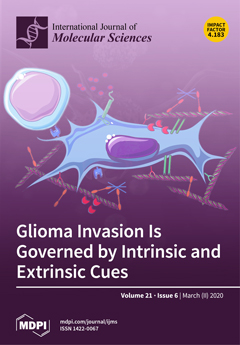To learn more about the structure–activity relationships of (
E)-3-(5-styryl-1,3,4-oxadiazol-2-yl)benzenesulfonamide derivatives, which in our previous research displayed promising in vitro anticancer activity, we have synthesized a group of novel (
E)-5-[(5-(2-arylvinyl)-1,3,4-oxadiazol-2-yl)]-4-chloro-2-R
1-benzenesulfonamides
7–
36 as well as (
E
[...] Read more.
To learn more about the structure–activity relationships of (
E)-3-(5-styryl-1,3,4-oxadiazol-2-yl)benzenesulfonamide derivatives, which in our previous research displayed promising in vitro anticancer activity, we have synthesized a group of novel (
E)-5-[(5-(2-arylvinyl)-1,3,4-oxadiazol-2-yl)]-4-chloro-2-R
1-benzenesulfonamides
7–
36 as well as (
E)-4-[5-styryl1,3,4-oxadiazol-2-yl]benzenesulfonamides
47–
50 and (
E)-2-(2,4-dichlorophenyl)-5-(2-arylvinyl)-1,3,4-oxadiazols
51–
55. All target derivatives were evaluated for their anticancer activity on HeLa, HCT-116, and MCF-7 human tumor cell lines. The obtained results were analyzed in order to explain the influence of a structure of the 2-aryl-vinyl substituent and benzenesulfonamide scaffold on the anti-tumor activity. Compound
31, bearing 5-nitrothiophene moiety, exhibited the most potent anticancer activity against the HCT-116, MCF-7, and HeLa cell lines, with IC50 values of 0.5, 4, and 4.5 µM, respectively. Analysis of structure-activity relationship showed significant differences in activity depending on the substituent in position 3 of the benzenesulfonamide ring and indicated as the optimal
meta position of the sulfonamide moiety relative to the oxadizole ring. In the next stage, chemometric analysis was performed basing on a set of computed molecular descriptors. Hierarchical cluster analysis was used to examine the internal structure of the obtained data and the quantitative structure–activity relationship (QSAR) analysis with multiple linear regression (MLR) method allowed for finding statistically significant models for predicting activity towards all three cancer cell lines.
Full article






